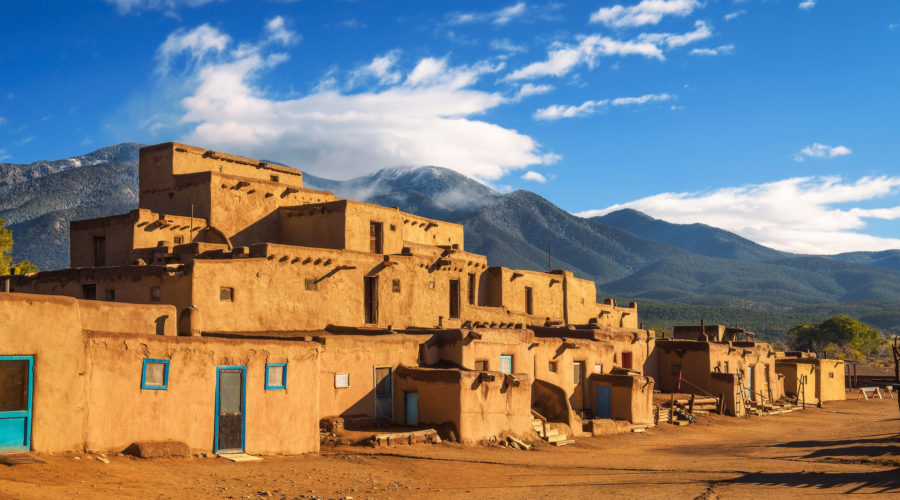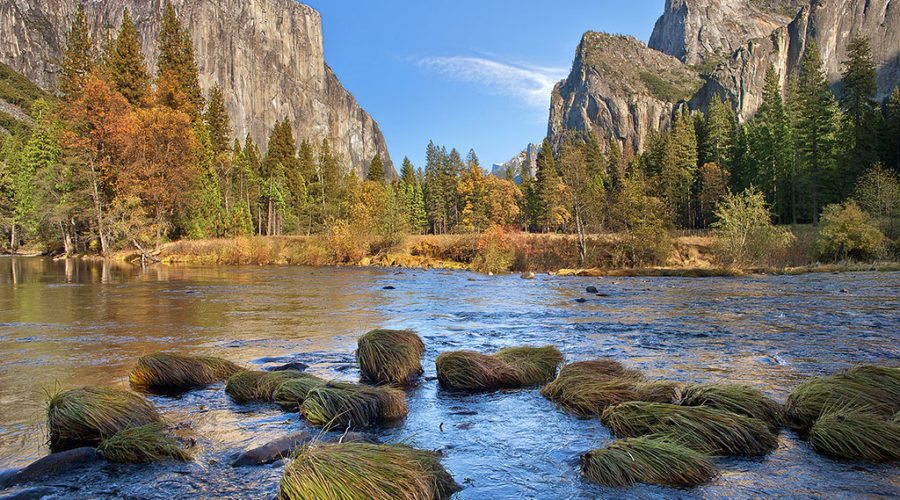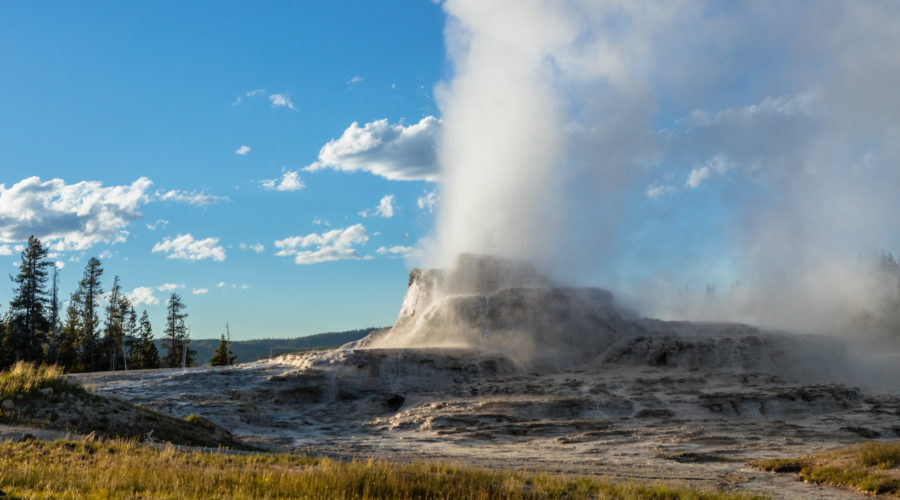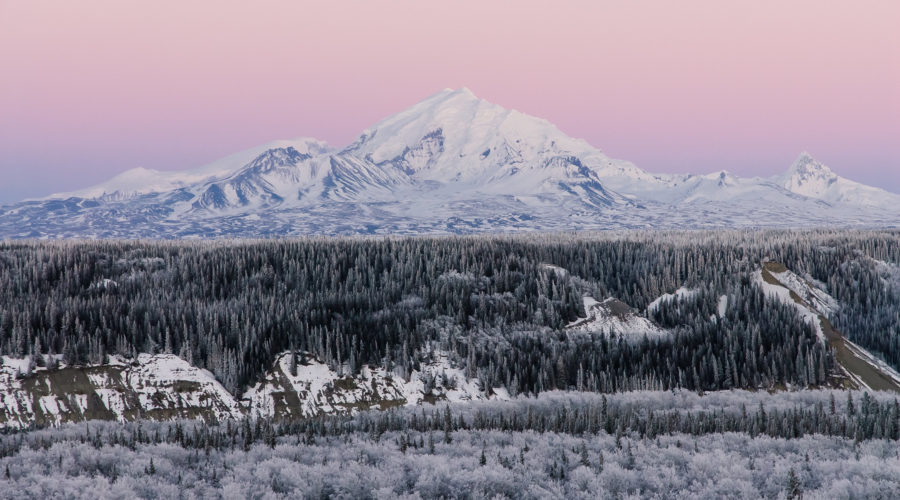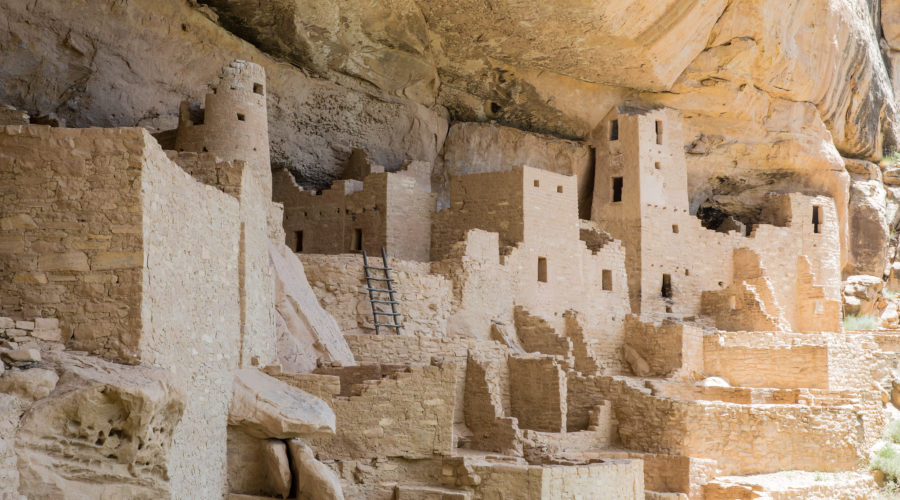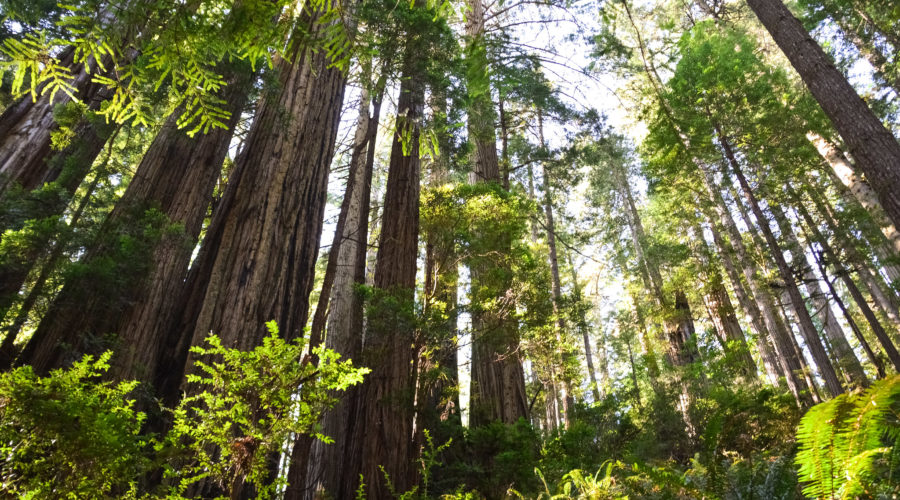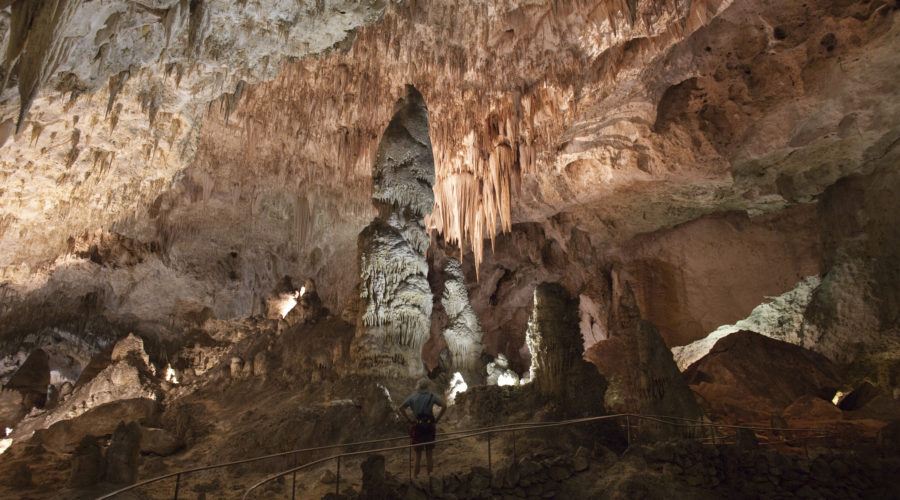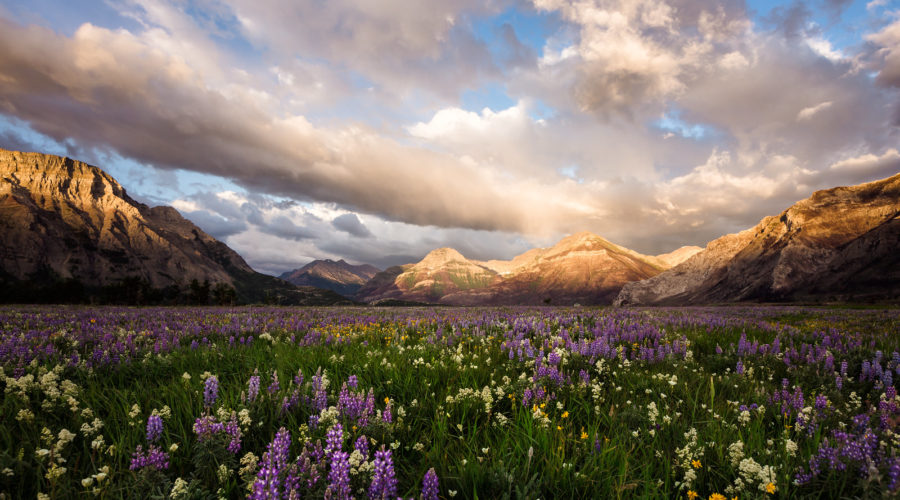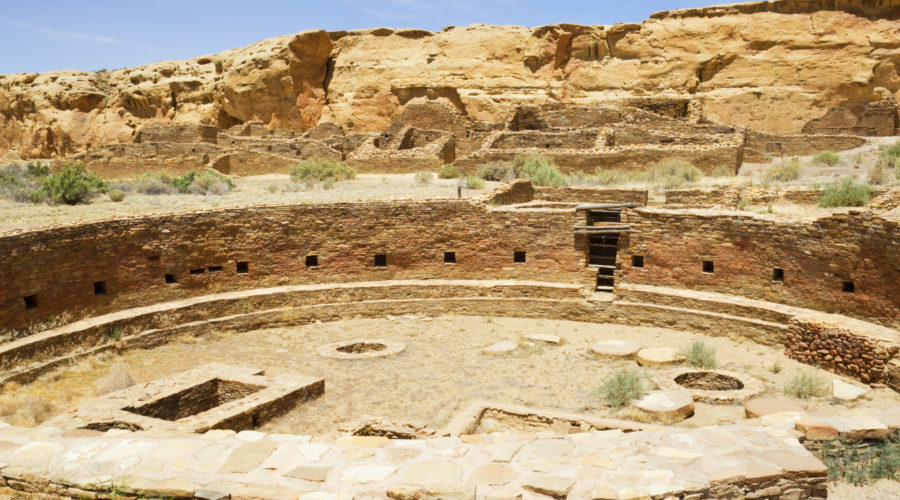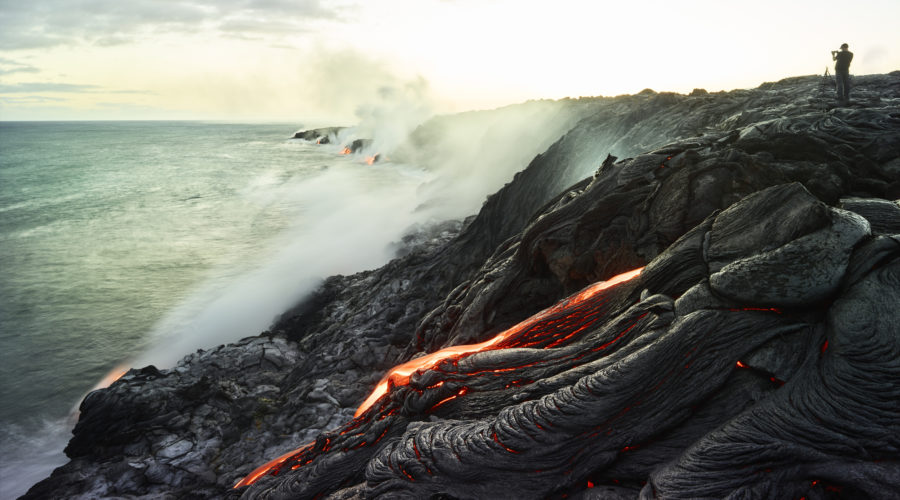miroslav_1/ Getty
Taos Pueblo, New Mexico
Sitting 70 miles north of Santa Fe at the base of the Sangre de Cristo Mountains, just outside of the town bearing the same name, Taos Pueblo is still home to 4,500 tribe members, including 150 who live within the ancient adobe walls and follow traditional laws that include not using running water or electricity. Visit and you’ll get an authentic view into Pueblo traditions dating back 1,000 years when the settlement was first established.
NPS/ Danielle Archuleta
Olympic National Park, Washington
No other park quite delivers the landscape diversity of Olympic, where snowy peaks stand near old-growth rainforests, salmon-stocked rivers, and moody beaches (spanning the longest undeveloped stretch of coast in the U.S.). Endangered animals, like the northern spotted owl, find a home in this slice of Washington that covers almost 1 million acres. Plan to spend at least a day or two in each main section of the park to fully soak in the sights.
Creative Commons photo by Pedro Lastra is licensed under CC BY 2.0
Yosemite National Park, California
UNESCO cites Yosemite’s range of glacier-carved cliffs, jagged peaks, u-shaped canyon, and its famous (eponymous) valley as the qualifications for the park’s World Heritage Site designation. Everything you see at Yosemite demonstrates how ice sculpts, grinds, flows, and polishes have all created picture-perfect scenery at every turn. Plan a spring trip when waterfalls are at their peak.
NPS / Jacob W. Frank
Yellowstone National Park, Wyoming, Montana, and Idaho
Yellowstone National Park was one of the first 12 sites to be added to the UNESCO World Heritage list in 1978, thanks in large part to its 10,000 geothermal features—including rainbow-colored hot springs and most of the world’s known geysers. The abundant wildlife (elk, wolves, bison) and fossilized plants play into the magic, too. Anytime you visit, you find a completely different landscape worthy of international acclaim.
NPS/ Bryan Petrtyl
Wrangell-St. Elias National Park, Alaska
This swath of wilderness is full of superlatives. It’s the largest national park in the country at 13.2 million acres (bigger than all of Switzerland). With peaks that reach up to 18,000 feet, it has nine of the tallest mountains in the U.S. And, it combines with Glacier Bay National Park and two Canadian parks—Kluane and Tatshenshini-Alsek—for a UNESCO World Heritage designation, which recognizes Wrangell-St. Elias (one of many awe-inspiring parks in Alaska) for having the world’s largest non-polar ice field. Visit in September when temps are still on the milder side and you have the chance to see the northern lights.
NPS/ W.Tyson Joye.
Grand Canyon National Park, Arizona
Inscribed in 1989, the Grand Canyon stands out for its dramatic, breathtaking landscapes, but UNESCO also recognizes the park for the rich geological story it tells. Along the deep gorges—about 18 miles wide and one mile deep—you can trace 2 billion years of geological history that represent the four major geologic eras, including the Pre-Cambrian (when the Earth was formed) and the Mesozoic Era (when mammals and birds appeared on the scene). Get the story on a ranger-led Fossil Discovery Walk, offered daily at 9 a.m. on the South Rim.
Creative Commons photo by Dave Norden is licensed under CC BY 2.0
Mesa Verde National Park, Colorado
Another Puebloan archaeological site, Mesa Verde houses close to 600 cliff dwellings built between the 6th and 12th centuries. These and thousands of other well-preserved sites within the UNESCO-protected park—including pit houses and ceremonial centers—stand as a testament to the architectural genius of the ancient community. Make a trip to the park’s Wetherill Mesa, which has cliff dwellings that most park-goers tend to miss.
Creative Commons photo by Jeremy is licensed under CC BY 2.0
Redwood National and State Parks, California
Due to the larger-than-life scale on display, walking through the Redwood parks feels like being in an alternate universe. The trees—some of the oldest and tallest in the world—tower over 300 feet in the largest surviving block of old-growth redwood forest. Located on California’s northern coast near Oregon, this network of three UNESCO parks remains busy in the summer and wet from October to April, so visit in September for the slimmest crowds and best weather.
milehightraveler/ Getty
Carlsbad Caverns, New Mexico
Explore a labyrinth of underground passageways at Carlsbad Caverns, which comprises more than 100 caves with stalactites (pointy rock formations that hang from the ceiling), stalagmites (those that rise from the floor), and other decorative rock features beneath the Guadalupe Mountains. Most of the caves are off-limits to the public, but you get to see plenty of jaw-dropping spaces, including the eight-acre Big Room—one of the most spectacular caves in the West.
Creative Commons photo by Kim Jane is licensed under CC BY 2.0
Waterton-Glacier International Peace Park, Montana and Alberta, Canada
Stretching more than 1 million acres across the U.S. and Canada, this park was formed in 1932 when Glacier National Park and Waterton Lakes National Park in Alberta were combined to promote peace and goodwill between the two countries and solidify the joint efforts needed to protect these wild Rocky Mountain spaces. UNESCO recognizes it as the first international peace park worldwide, as well as for having an abundance of wildlife and wildflowers.
powerofforever/ Getty
Chaco Culture National Historic Park, New Mexico
The center of Pueblo culture until 1250 A.D., Chaco Culture National Historic Park bears the remnants of a sophisticated civilization that built a complex urban center with connected roads and grand buildings in a harsh environment. In 1987, the architectural site was inscribed onto the UNESCO World Heritage List. Spend a full day here so you can hike to the Chetro Ketl house ruins (pictured), Pueblo Alto (a complex with 89 rooms), and the Chacoan Stairway (part of the road system)—all sites that activists are fighting to protect as drilling creeps closer to the park.
Westend61/ Getty
Hawaii Volcanoes National Park, Hawaii
With two of the most active volcanoes in the world, the landscape is constantly changing at Hawai’i Volcanoes National Park. The elevation ranges widely, too, which allows for seven ecological life zones that provide a home for loads of endemic and endangered species—especially birds, like the fiery red scarlet honeycreeper and the nene (a.k.a. Hawaiian goose). Even before the park was inscribed in 1987, UNESCO named it an International Biosphere Reserve in 1980 to protect its ecological value.
Creative Commons photo by slinkstercat is licensed under CC BY 2.0
Hollyhock House, Los Angeles, California
Frank Lloyd Wright’s Hollyhock House, in L.A.’s Barnsdall Park, was the most recent Western landmark to reach UNESCO status when it was inscribed earlier this year, along with eight other buildings across the U.S. that represent 50 years of the architect’s career. Recognized as one of his most inventive works with its decorative details that pull from Mayan, Egyptian, and Native American design, the home marked a departure from Lloyd Wright’s Prairie style and served as a precursor to the modernist homes that would come to dominate Southern California architecture. The former residence opens for self-guided tours Thursday through Sunday for 7 bucks.
